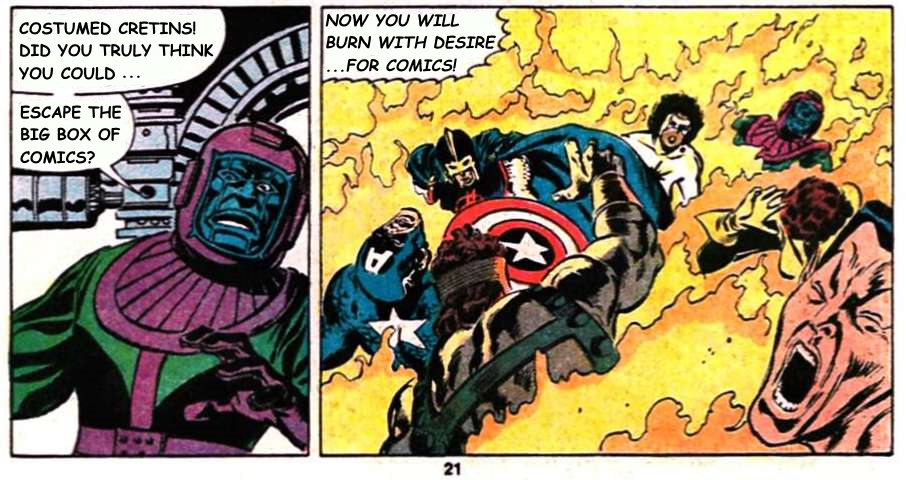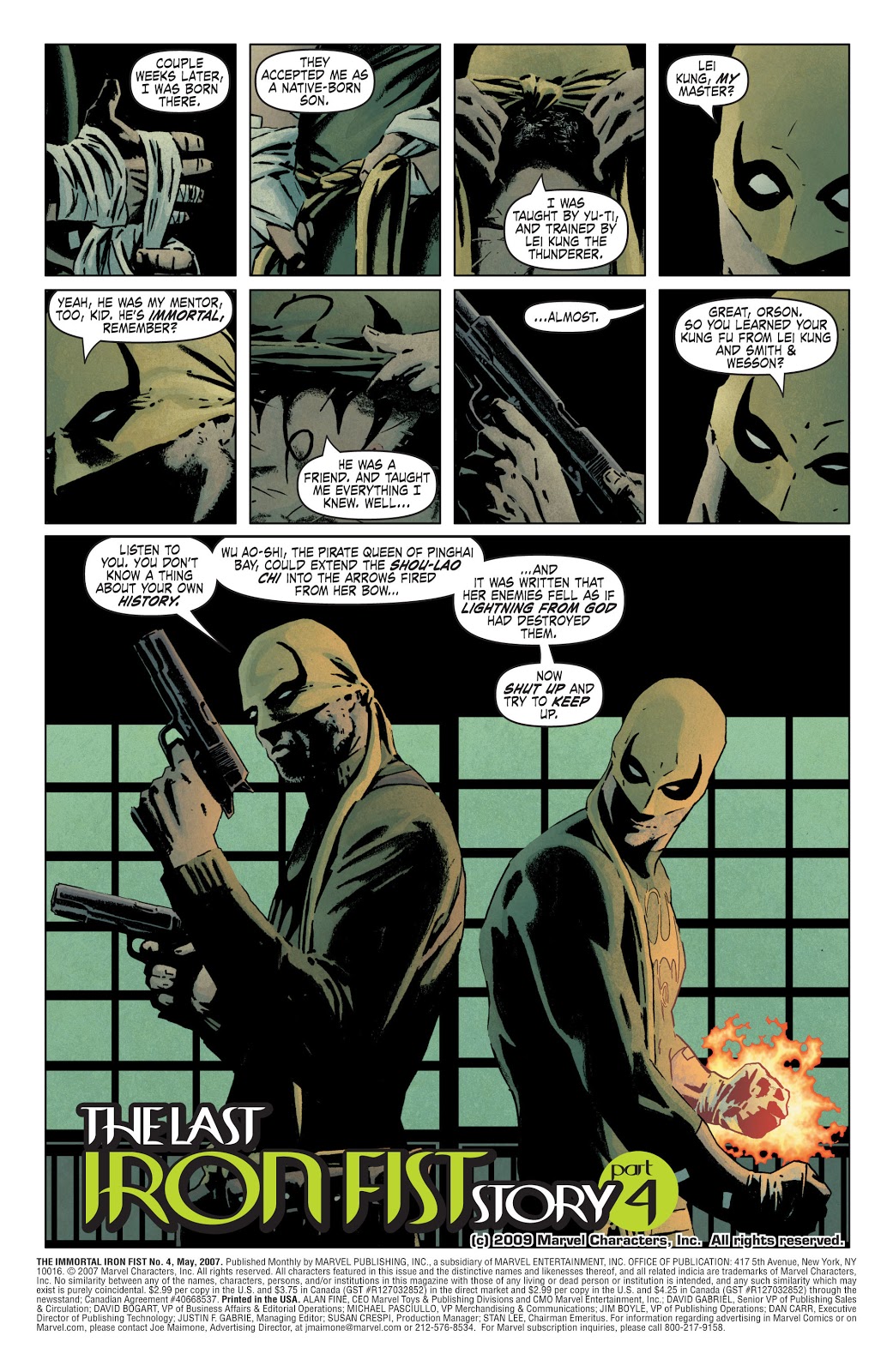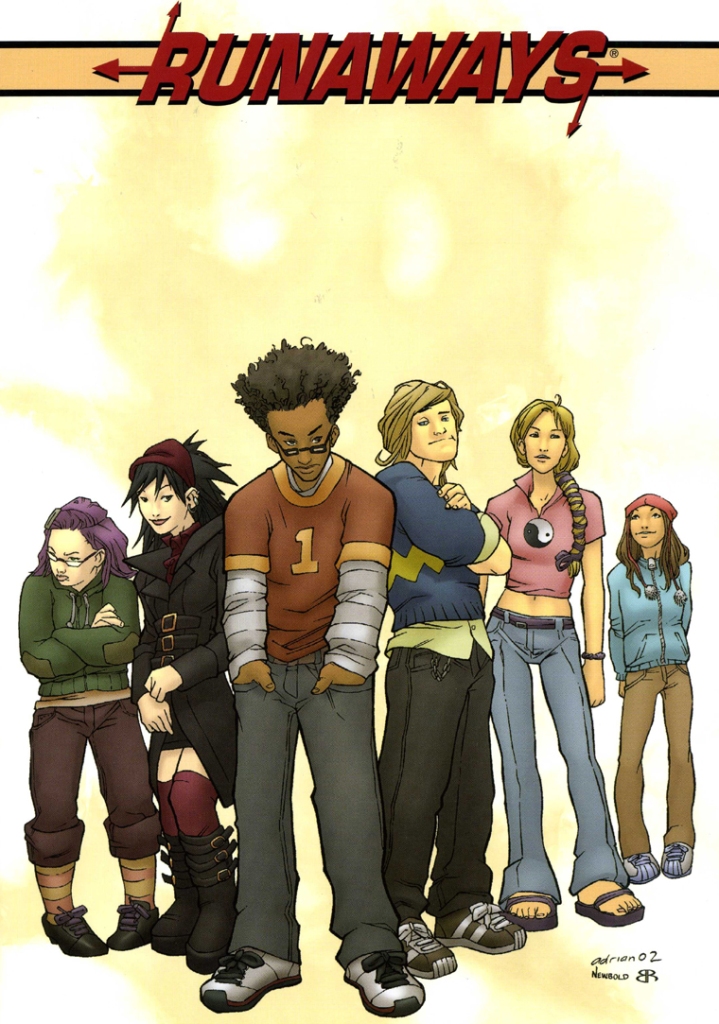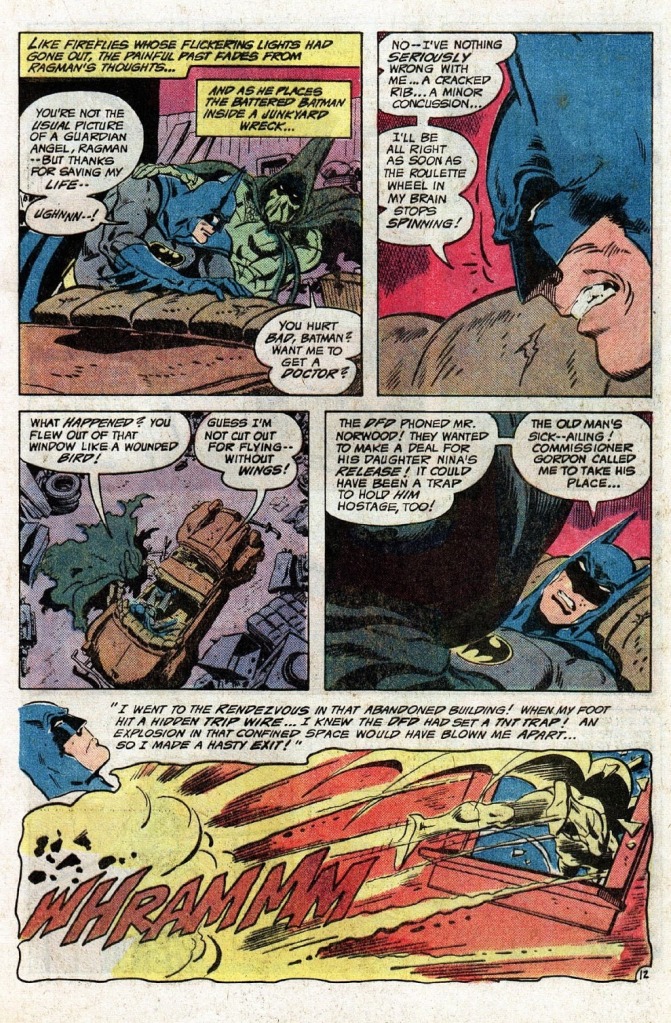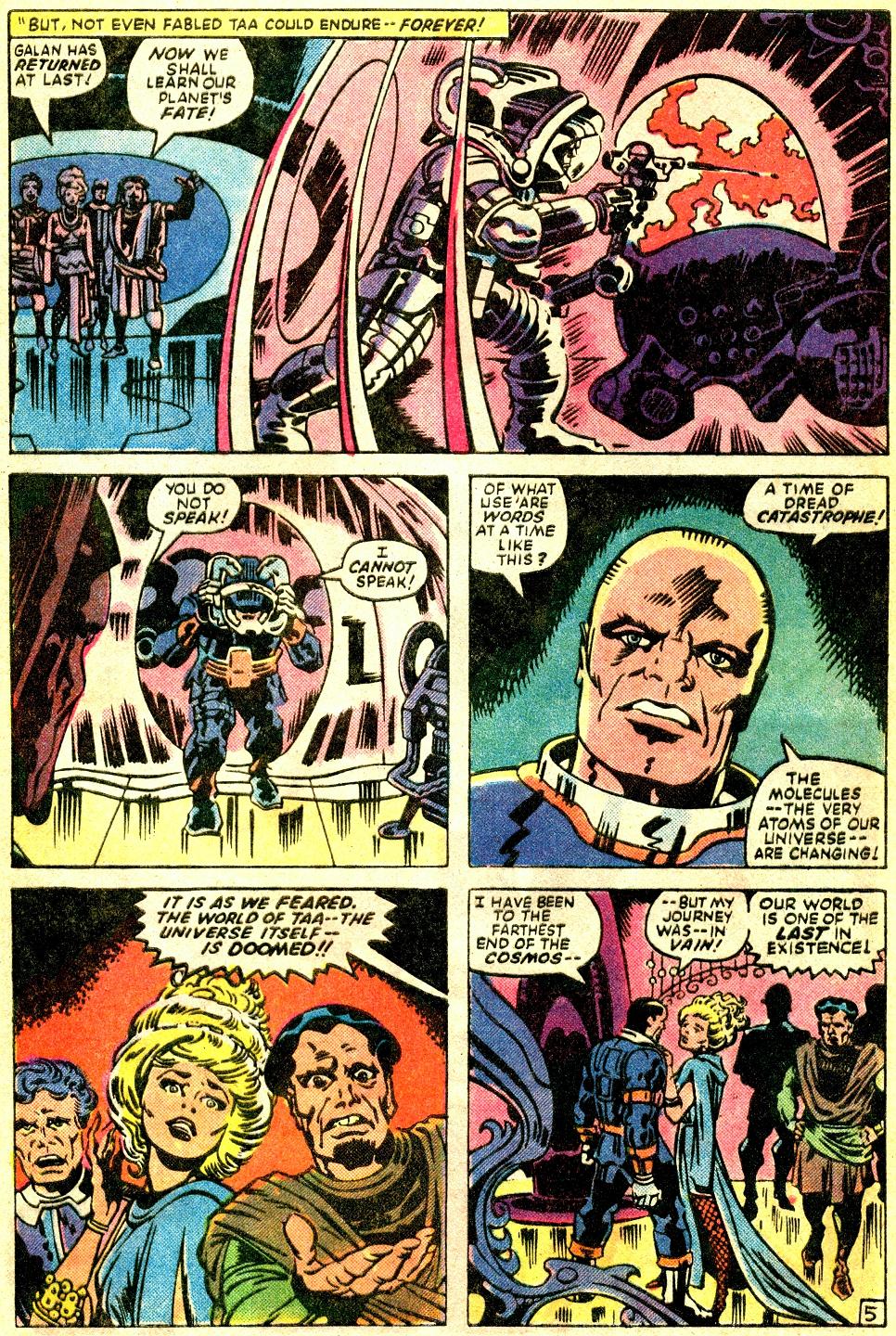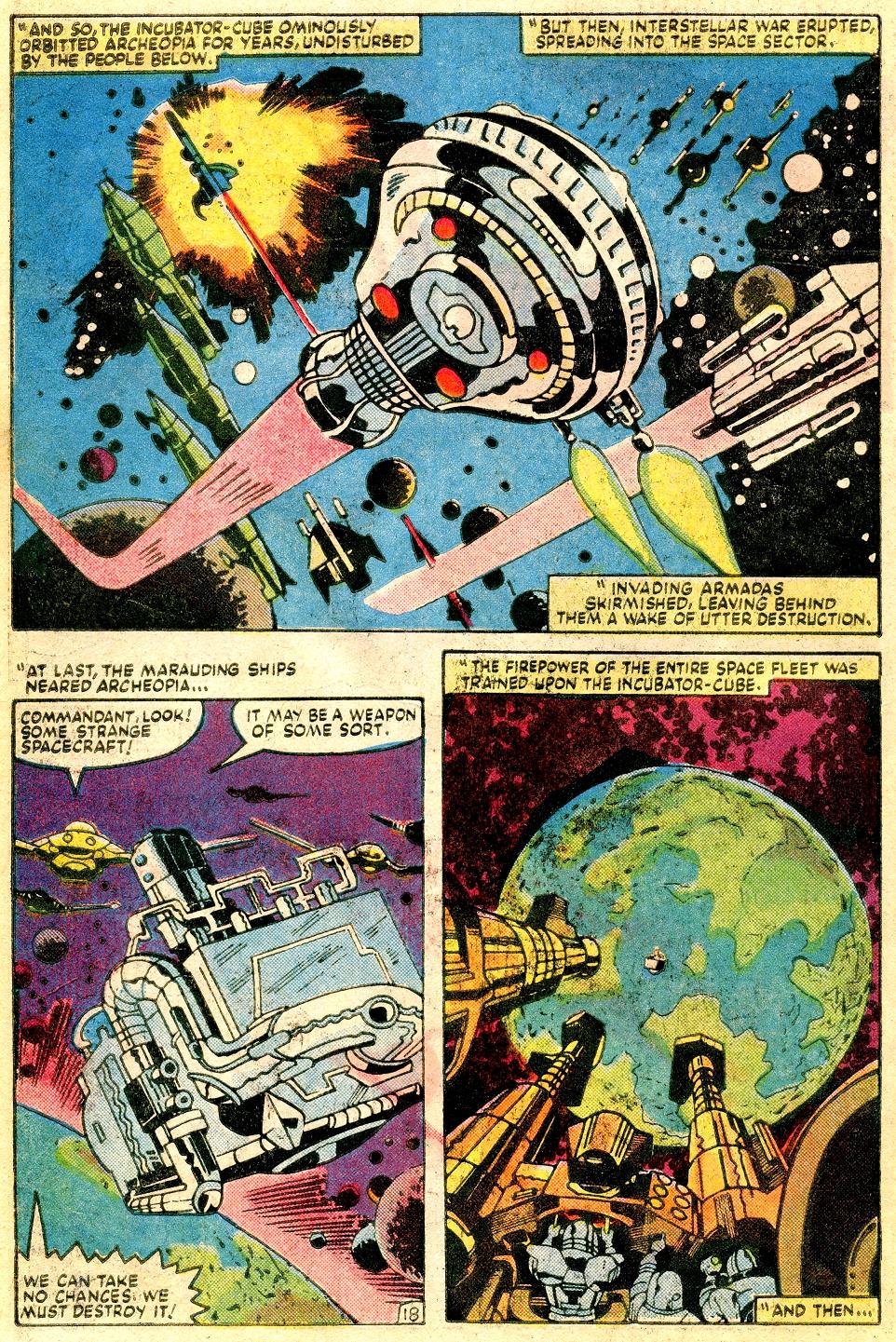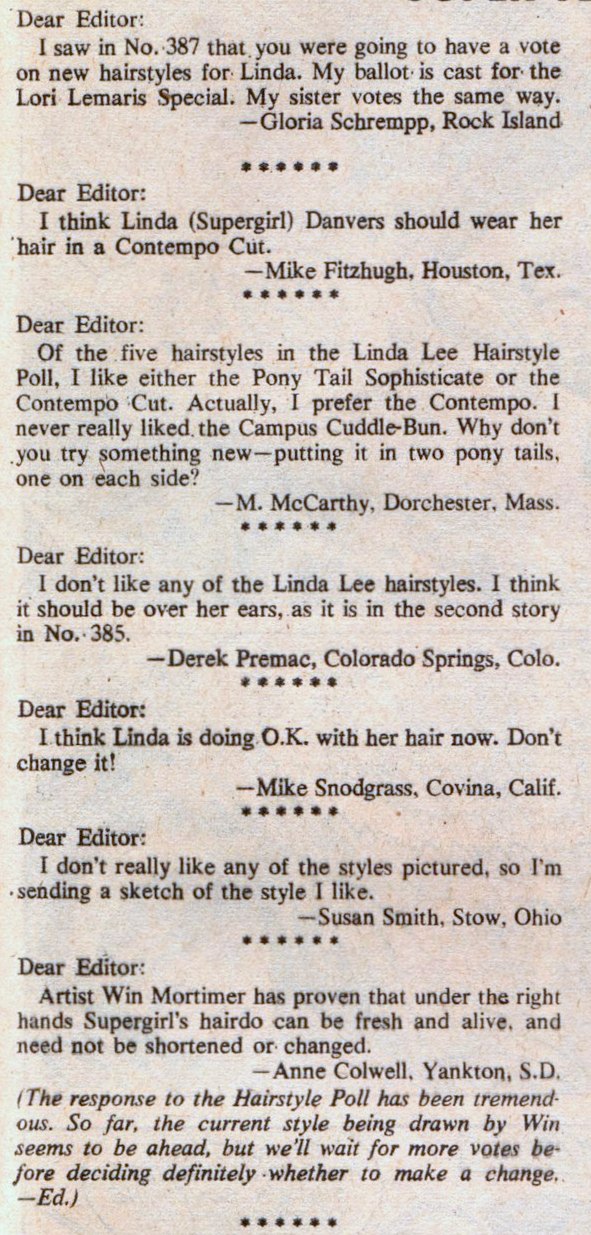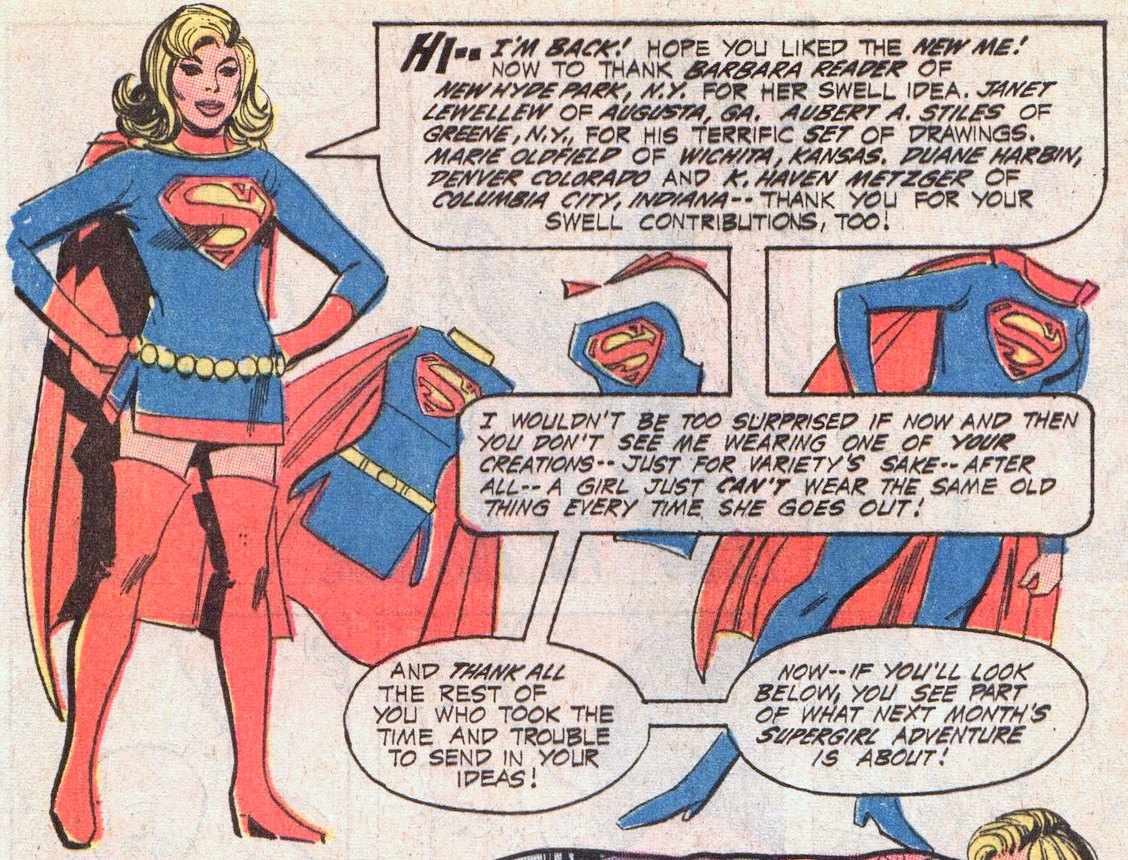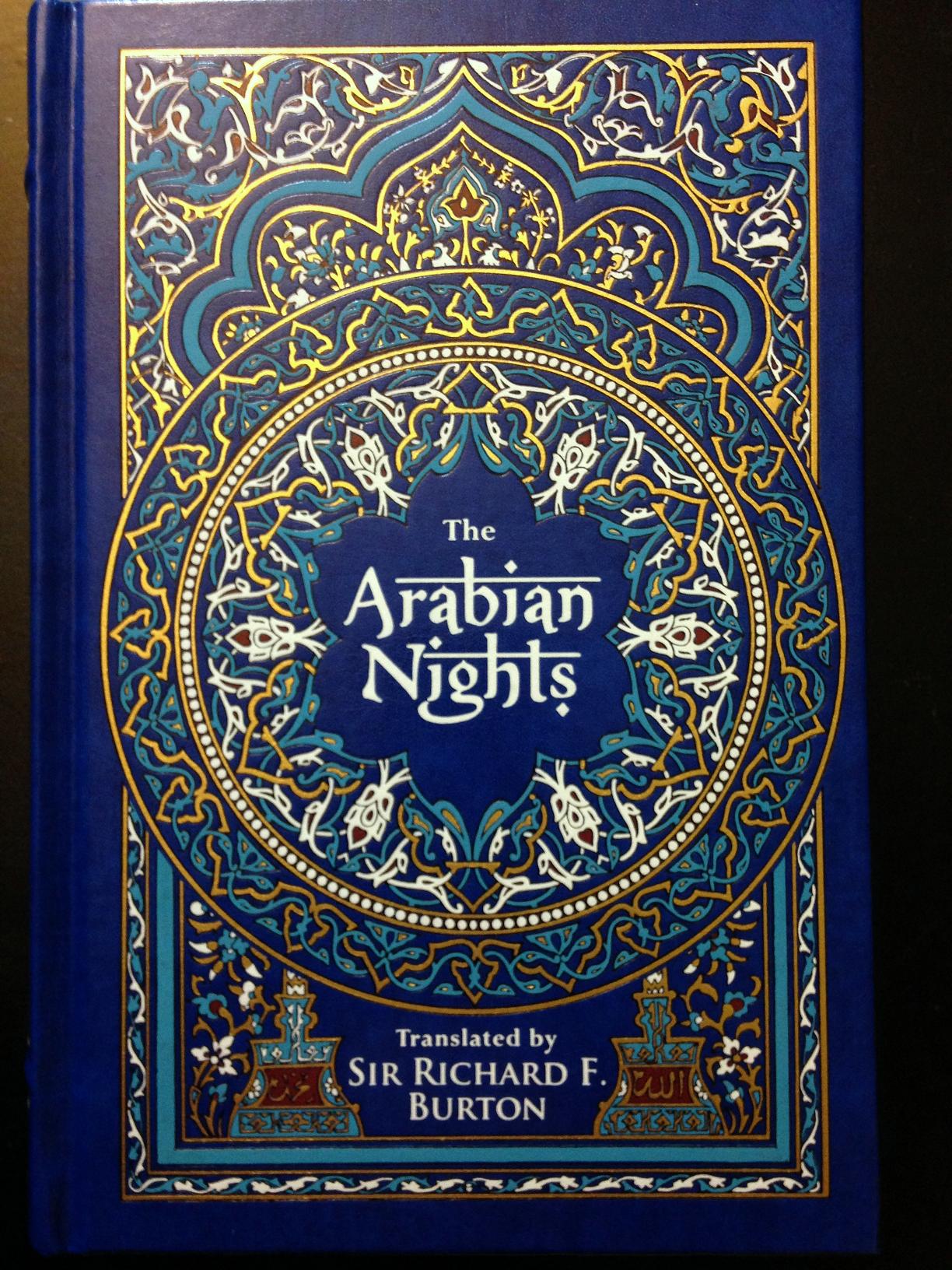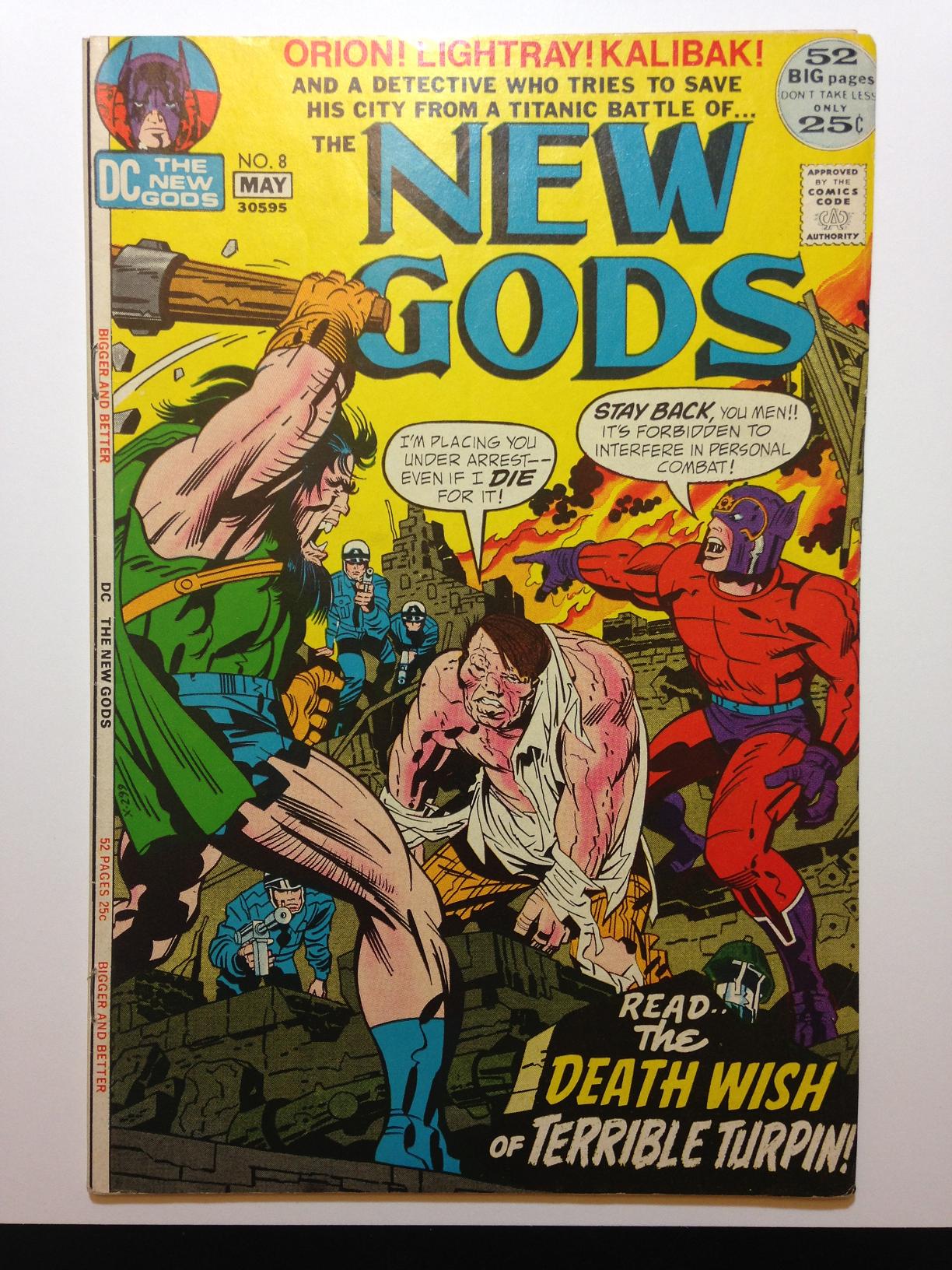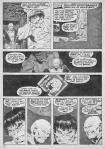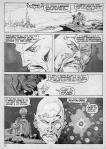Tags
armor wars, Bob Layton, David Michelinie, Iron Man, james rhodes, mark bright, Marvel Comics, Marvel Epic Collection, memoir, space stations
Iron Man #215 and 216 hit the magazine rack at my local Walgreens in 1986 when I was thirteen. I’d only recently become interested in the series due to the stunning covers and interior art by the late Mark “Doc” Bright in issues 205 through 208. Then came some fill-in issues by various writers and artists I didn’t find especially interesting, and I basically gave up on Iron Man.
Issue 215 turned all that around.
Hyped on the cover as the beginning of “A New Era of Greatness”, issue 215 brought back not only Mark Bright as a regular artist, but the creative team of scripter David Michelinie and inker Bob Layton — the duo that co-plotted a now-legendary Iron Man run beginning in the late 1970s that hit its high points with John Romita, Jr. penciling. We’re talking about a multi-year run that included the critically acclaimed “Demon in a Bottle” story about alcoholism, a crossover with Hulk and the Scott Lang version of Ant Man, and the story where Iron Man and Dr. Doom traveled back in time and formed an alliance in the days of Arthurian legends.
The hype on 215’s cover was no lie. Reuniting Michelinie and Layton while bringing back Mark Bright’s penciling talents kicked off a storyline now called “Stark Wars” in collected editions, but more commonly known to Iron Fans as an epic that culminated in the eight-part “Armor Wars”.
Nearly forty years after they first made their way into my eager little hands, these stories don’t rock my world as hard as they once did. These days, I’m reading them from a different perspective. But one thing is for sure: They made such a massive impression on a younger me that I ended up stealing story ideas from them as recently as last year.
In my story “Falling Objects”, which now appears in the book Meteor Mags: Gods of Titan and Other Tales, I realized after finishing the story that I’d lifted the following ten ideas directly from these two issues.
1) The main character and best friend go to a space station.
2) There is a battle involving projectile weapons on the space station.
3) The space station is overrun with a biological menace.
4) The characters barely escape the biological menace with their lives.
5) The space station is destroyed.
6) The characters’ escape involves one of them putting on a spare armored suit before leaving the station.
7) The escape involves recklessly descending to a nearby planet.
8) During re-entry to the planet’s atmosphere, the spare suit begins to burn — and the occupant of the suit does, too.
9) The re-entry ends on an urban rooftop.
10) The wearer of the spare suit ends up in a hospital with severe burns.
So much for originality! It turns out that reading comic books as a teenager really does warp your mind — forever!
One final thing I find amusing about issue 215 is how the creative team tried to make Tony Stark sexy in a way that we usually see applied to female characters in pop culture. Tony’s first scene involves his receiving a clue that his red-and-white armor is killing him. But as he ponders this on the drive home, a pair of women are checking him out and discussing how hot he is.
After he gets home, Tony provides a gratuitous shower scene that has become such an obnoxious cliché for female characters in science fiction — and pretty much any other genre.
I don’t have any objections to bathing, nudity, or enjoying photos of hot naked babes slathered with soap bubbles while I sip my morning coffee — but I am so damn tired of seeing male writers put female characters into showers for no reason other than a lame attempt at soft-core porn. Seeing the sex-object tables turned on Tony Stark is more hilarious to me now than I could have appreciated in 1986.
And what a way to herald a new era of greatness! Thank you for taking this walk down memory lane with me and reminiscing about vintage superhero comics. A lot of what today’s Iron Fans enjoy about the character can be traced back to the groundwork laid by Michelinie, Layton, Romita, and Bright — and the stories have proven to be an ongoing source of creative inspiration.
Collector’s Guide: From Iron Man (1968 series) #215 and #216; reprinted in Iron Man Epic Collection: Stark Wars (Marvel, 2015), collecting #215-232 and Annual #9 — also available in a digital edition.















































